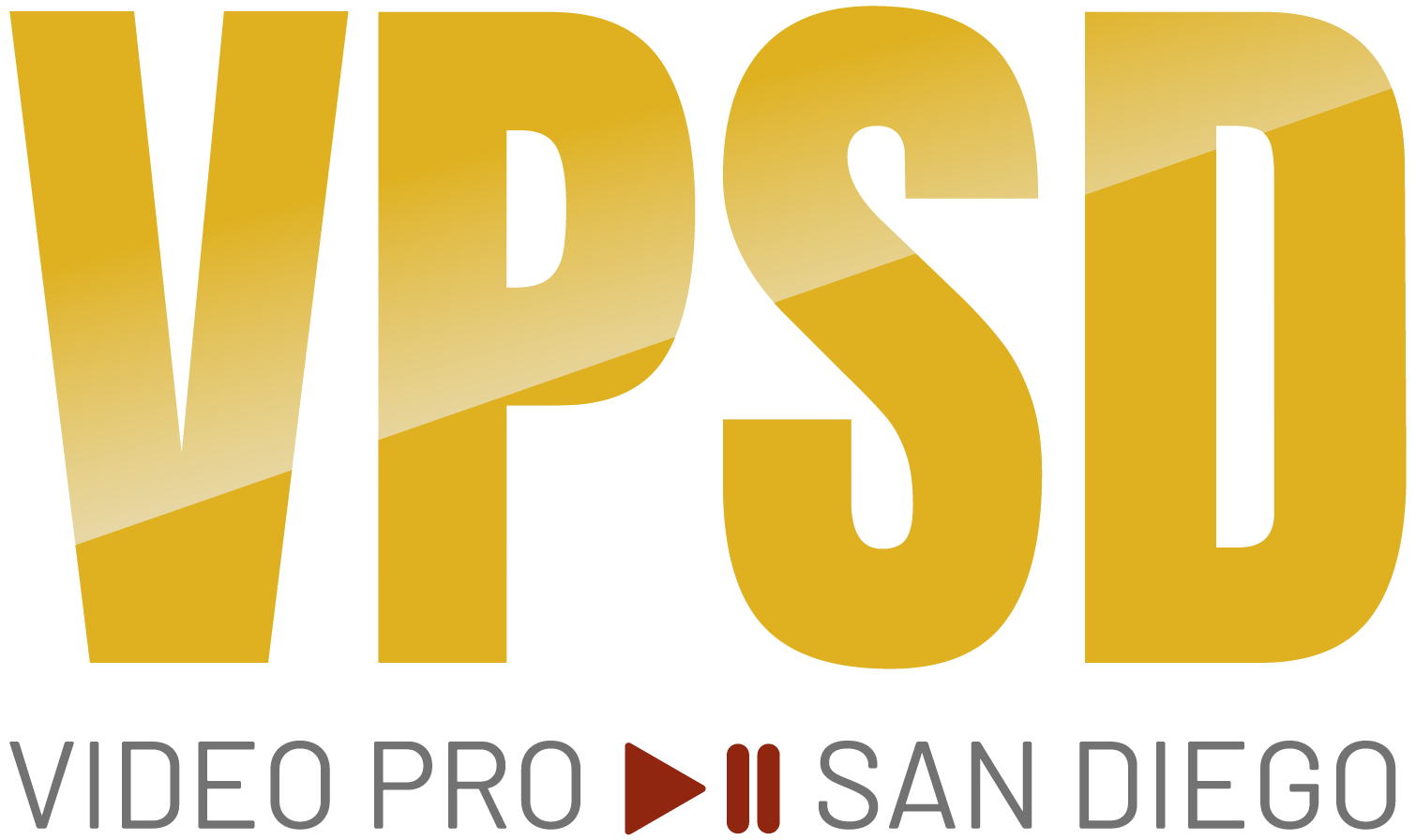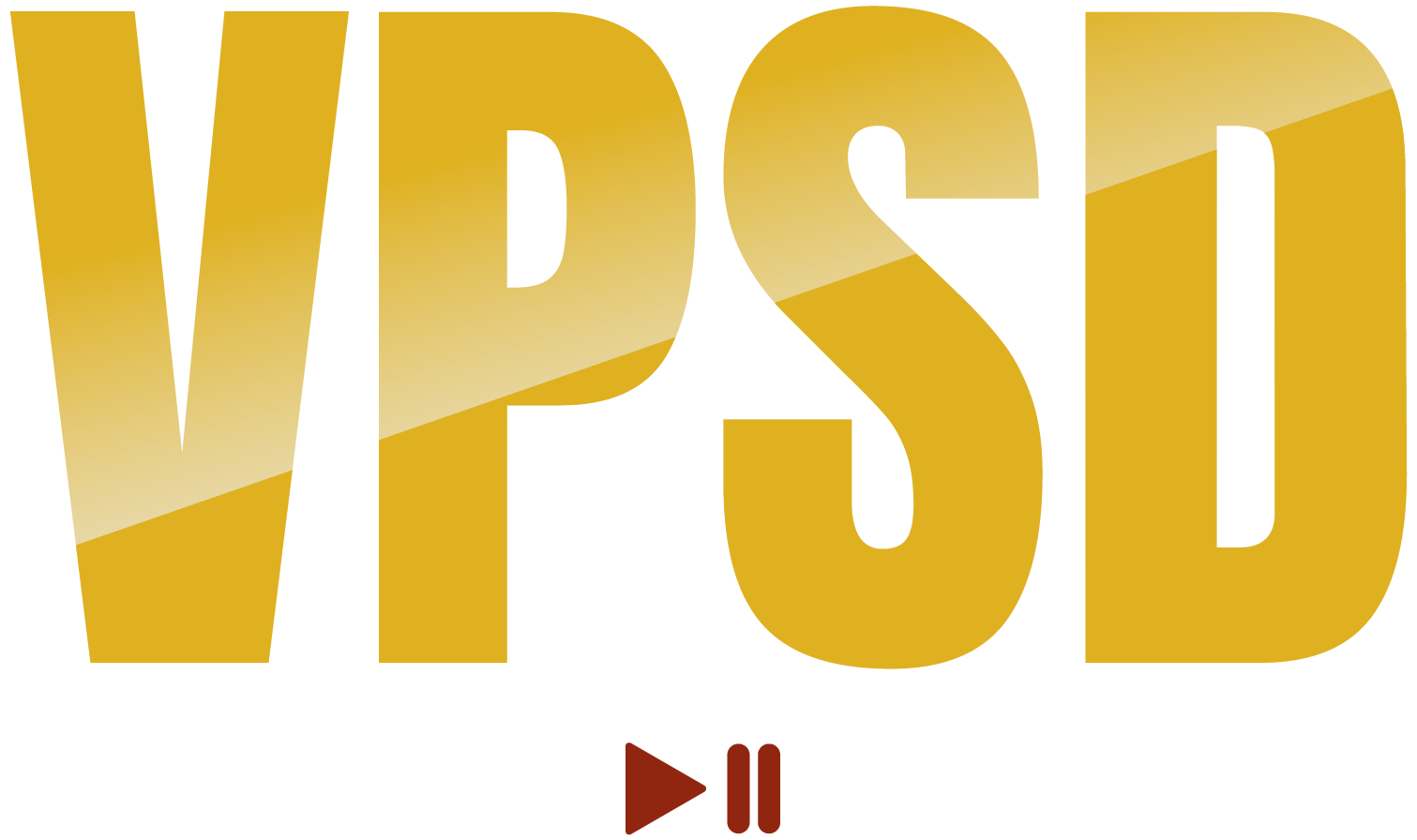Revolutionizing Corporate Training: The Efficiency of Microlearning Videos
Redefining HR training through engaging, bite-sized video content

Microlearning Videos:
The Efficient Training Approach for Corporate HR
Microlearning videos have emerged as an innovative solution to the ongoing challenge of effective and efficient training within the corporate sphere. Rapidly gaining traction as a tool for human resource development, microlearning videos offer a flexible, accessible, and cost-effective strategy for imparting knowledge and training to busy corporate employees. This article will explore the numerous benefits of this training approach, backed by insights from cognitive science and practical applications within corporate HR settings.
The Concepts Of Microlearning
Definition of Microlearning
Microlearning is an educational strategy that breaks down information into bite-sized chunks. It aims to deliver content in small, manageable units that are easy to absorb and retain. Microlearning can take many forms, including quizzes, flashcards, infographics, and most notably, videos. In the context of corporate HR, microlearning provides quick, concentrated learning bursts that effectively cater to the modern employee's short attention span and busy schedule.
Different Forms of Microlearning
Microlearning can take various forms, such as articles, infographics, quizzes, podcasts, and videos. Among these, microlearning videos are the most engaging and effective, thanks to their ability to combine auditory and visual stimuli, thus boosting comprehension and retention. These videos are typically between 2-5 minutes long, focusing on a single learning objective per video.
Role of Microlearning in Corporate HR
In corporate HR, microlearning serves as an excellent tool for training and development. It is used for onboarding new hires, providing ongoing training to existing employees, and imparting necessary soft and technical skills. Thanks to its flexibility and accessibility, microlearning enables HR to provide just-in-time training that employees can access whenever and wherever they need.
The Benefits of Microlearning Videos for HR Training
Increased Engagement
One of the significant advantages of microlearning videos is the increased engagement they foster. Thanks to their short format, visually appealing content, and focus on one topic at a time, microlearning videos capture and hold the learner's attention effectively. This increased engagement leads to better comprehension and retention of the content.
Cost and Time Efficiency
Microlearning videos are a cost-effective and time-efficient method of delivering training. They require less time and resources to produce compared to traditional training methods. Furthermore, they allow learners to gain knowledge at their own pace, leading to reduced training time and increased productivity.
Accessibility and Flexibility
Microlearning videos can be accessed anytime, anywhere, and from any device with an internet connection. This accessibility, coupled with the convenience of learning at one's own pace, makes microlearning videos a highly flexible training tool, aligning perfectly with the demands of today's mobile workforce.
The Science Behind the Efficiency of Microlearning Videos
Cognitive Load Theory
The effectiveness of microlearning videos can be traced back to the cognitive load theory, which posits that our working memory has a limited capacity. Microlearning videos, with their bite-sized content, reduce the cognitive load on the learner, making it easier for them to process and remember information.
The Role of Visual and Auditory Stimuli
Microlearning videos utilize both visual and auditory stimuli, thereby catering to different learning styles and boosting the overall retention of information. The use of animations, graphics, and sound makes the content more engaging, aiding in deeper understanding and long-term retention of information.
Chunking Information and Spaced Repetition
Microlearning leverages the principle of 'chunking' – breaking down complex information into smaller, manageable units. This technique, combined with spaced repetition – the practice of reviewing information at increasing intervals over time, enhances memory retention and makes learning more effective.
Implementation Strategies for Microlearning Videos
Identifying the Right Content
Not all content is suitable for microlearning videos. It's essential to identify the information that can be effectively delivered in this format. Concepts that can be broken down into smaller parts or tasks that follow a step-by-step process work best for microlearning videos.
Creating Engaging Videos
Creating engaging microlearning videos requires a careful blend of relevant content, compelling visuals, and clear narration. The content should be concise, focused on one learning objective, and presented in a visually appealing manner to capture and hold the learner's attention.
Integrating Microlearning Videos into Existing Training Programs
Microlearning videos should not replace existing training programs but enhance them. They can serve as supplements to traditional training methods, offering reinforcement, refresher training, or explaining complex concepts in a simple and engaging manner.
Potential Challenges and Solutions in Implementing Microlearning Videos
Overcoming Technological Barriers
Implementing microlearning videos may pose technological challenges, such as compatibility issues with various devices or slow internet connections. These can be addressed by using responsive design that adapts to different devices and providing options for downloading videos for offline viewing.
Ensuring Content Quality and Relevance
Maintaining quality and relevance in microlearning video content is crucial. This can be achieved through regular content updates, feedback from learners, and aligning content with the organization's overall training objectives.
Measuring the Effectiveness of Microlearning Videos
As with any training method, it's important to measure the effectiveness of microlearning videos. This can be done through assessments, quizzes, feedback surveys, and by tracking metrics like completion rates, engagement levels, and the application of learned concepts on the job.
The Future of Microlearning Videos in Corporate HR
Emerging Trends
Looking ahead, several emerging trends could shape the future of microlearning videos. The integration of artificial intelligence can lead to personalized learning paths, while the use of gamification elements can make learning more interactive and engaging. Additionally, the inclusion of augmented and virtual reality can offer immersive learning experiences.
Adapting to Changing Workforce Needs
As the workforce becomes increasingly diverse and remote, microlearning videos offer a flexible solution to meet changing needs. They can cater to a global audience, provide just-in-time training, and support continuous learning and upskilling in a fast-paced work environment.
Sustainable Learning for Long-Term Growth
By fostering a culture of continuous learning, microlearning videos contribute to the sustainable growth of corporations. They facilitate the development of a skilled workforce that can adapt to changing business landscapes, ultimately driving organizational success.
In conclusion, microlearning videos present a compelling approach to corporate HR training. Their compact, targeted nature ensures that training is delivered in manageable, memorable segments. This makes learning more engaging, efficient, and flexible for employees, which, in turn, enhances their productivity and the overall organizational performance. As the corporate world continues to evolve, it is certain that microlearning videos will remain an integral part of the HR training toolkit, shaping the future of learning and development in organizations worldwide.





Office & Studio
249 S Indiana Ave, #104
Vista, CA 92084
Based in San Diego, serving all of Southern California
All Rights Reserved | Video Pro San Diego | Website Design by GoBeRewarded



